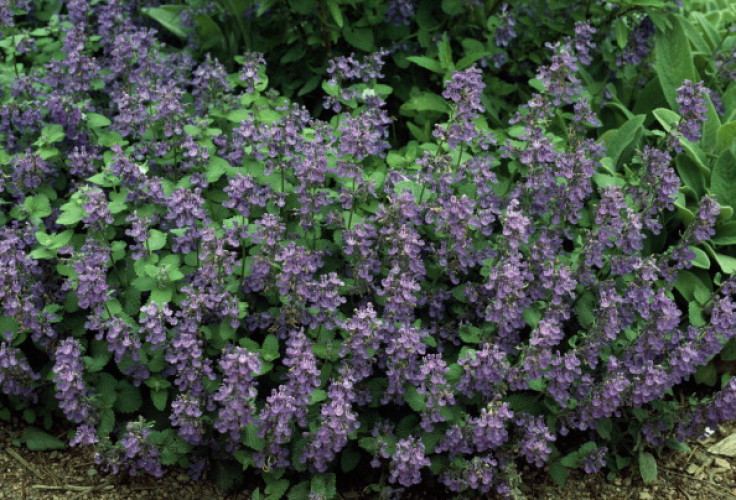What is catnip and why do cats love it?
What is it in catnip plants that makes our cats go wild?
Cat owners who want to treat their pets to a little psychedelic trip often turn to catnip plants, which can transform the most serene of felines into a euphoric ball of fur.
The plant, which is native to the Middle East, may have been used as far back as antiquity, with the cat-worshipping Ancient Egyptians reserving it as a special treat for the animals.
A video produced by Chemical & Engineering News, a weekly news magazine of the American Chemical Society, explores what it is in catnip that has this effect on cats and how it serves catnip well.
Scientists have found that the euphoric effect is produced by a specific chemical made by the plant, known as nepetalactone.
Nepetalactone is a terpenoid, a class of chemical also found in cloves, ginger and cannabis.
Experiments conducted by scientists in the 1940's have shown that the chemical doesn't just have a psychedelic-like effect on cats. By giving nepetalactone extract to lions in a zoo, they discovered that its distinctive smell aroused the large felines from a state of lethargy to one of excitement.
But catnip plants don't produce the chemical to make cats high. The primary purpose of nepetalactone is to protect plants against pests, in particular nefarious sap-sucking aphids which suck their flesh out.

The way nepetalactone works is simple, yet surprising. The chemical is in fact an aphid sex pheromone. This sounds counter-intuitive, as people may wonder why plants would make a hormone that would essentially attract the detested pest.
However, it is in fact an ingenious strategy because aphids don't typically reproduce sexually in summer when the plant is growing. Thus, the creation of sex pheromones do not end up attracting more aphids to the plant.
What the plants do attract however are aphid predators, such as the lacewing fly or wasps, which lay their eggs inside live aphids. The aphids that end up being drawn to the plant therefore risk being killed by their predators.
Chemists are now keen to study this phenomenon further in order to produce effective insect repellent based on nepetalactone's properties.

© Copyright IBTimes 2024. All rights reserved.






